African swine fever: a global view of the current challenge
- PMID: 28405426
- PMCID: PMC5382474
- DOI: 10.1186/s40813-015-0013-y
African swine fever: a global view of the current challenge
Abstract
African Swine Fever (ASF) is an important contagious haemorrhagic viral disease affecting swine whose notification is mandatory due to its high mortality rates and the great sanitary and socioeconomic impact it has on international trade in animal and swine products. This disease only affects porcine species, both wild and domestic, and produces a variety of clinical signs such as fever and functional disorders of the digestive and respiratory systems. Lesions are mainly characterized by congestive-haemorrhagic alterations. ASF epidemiology varies significantly between countries, regions and continents, since it depends on the characteristics of the virus in circulation, the presence of wild hosts and reservoirs, environmental conditions and human social behaviour. Furthermore, a specific host will not necessarily always play the same active role in the spread and maintenance of ASF in a particular area. Currently, ASF is endemic in most sub-Saharan African countries where wild hosts and tick vectors (Ornithodoros) play an important role acting as biological reservoirs for the virus. In Europe, the disease has been endemic since 1978 on the island of Sardinia (Italy) and since 2007, when it was first reported in Georgia, in a number of Eastern European countries. It is also endemic in certain regions of the Russia Federation, where domestic pig and wild boar populations are widely affected. By contrast, in the affected eastern European Union (EU) countries where ASF is currently as epidemic, the on-going spread of the disease affects mainly wild boar populations located in restricted areas and, to a much less extent, domestic pigs. Unlike most livestock diseases, no vaccine or specific treatment is currently available for ASF. Therefore, disease control is mainly based on early detection and the application of strict sanitary and biosecurity measures. Epidemiology of ASF is very complex by the existence of different virus circulating, reservoirs and a number of scenarios, and the on-going spread of the disease through Africa and Europe. Survivor pigs can remain persistently infected for months which may contribute to virus transmission and thus the spread and maintenance of the disease, thereby complicating attempts to control it.
Keywords: Aetiology; African swine fever; Clinical symptoms; Control strategies; Diagnosis; Epidemiology; Prevention; Transmission.
Figures

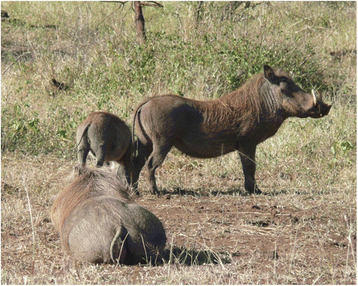
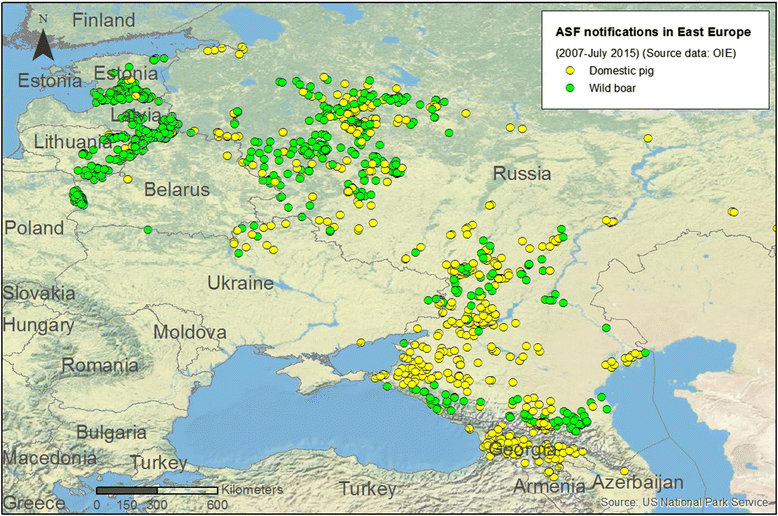
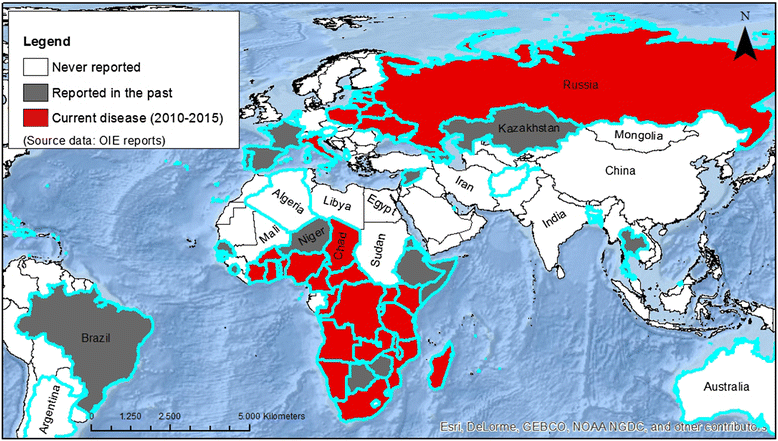
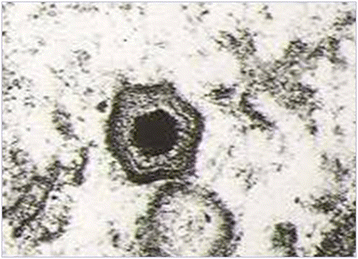


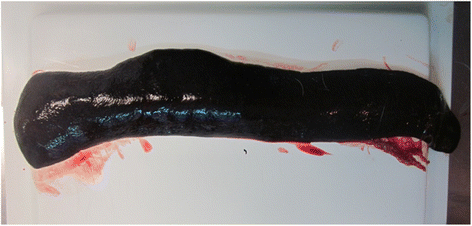
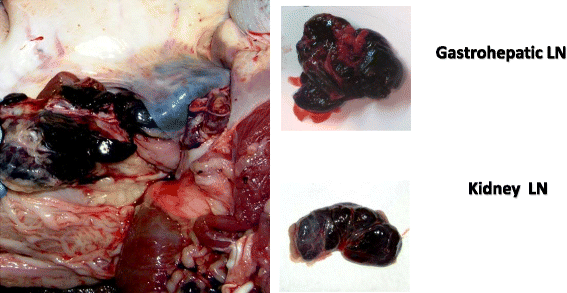
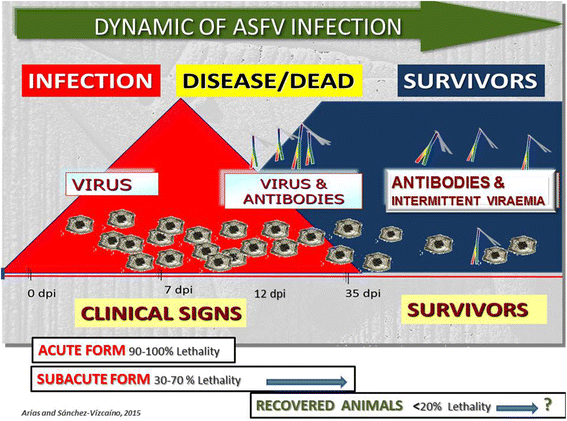

References
-
- Sánchez Botija C. Reservorios del virus de la peste porcina africana. Investigación del virus de la PPA en los artrópodos mediante la prueba de la Hemoadsorción. Bull OIE. 1963;60:895–899.
-
- Food and Agriculture Organization, United Nations, (2013): African swine fever in the Russian Federation: risk factors for Europe and beyond. EMPRES Watch. Vol. 28; 2013 May [cited 2013 Sep 2]. http://www.fao.org/docrep/018/aq240e/aq240e.pdf
Publication types
LinkOut - more resources
Full Text Sources
Other Literature Sources

